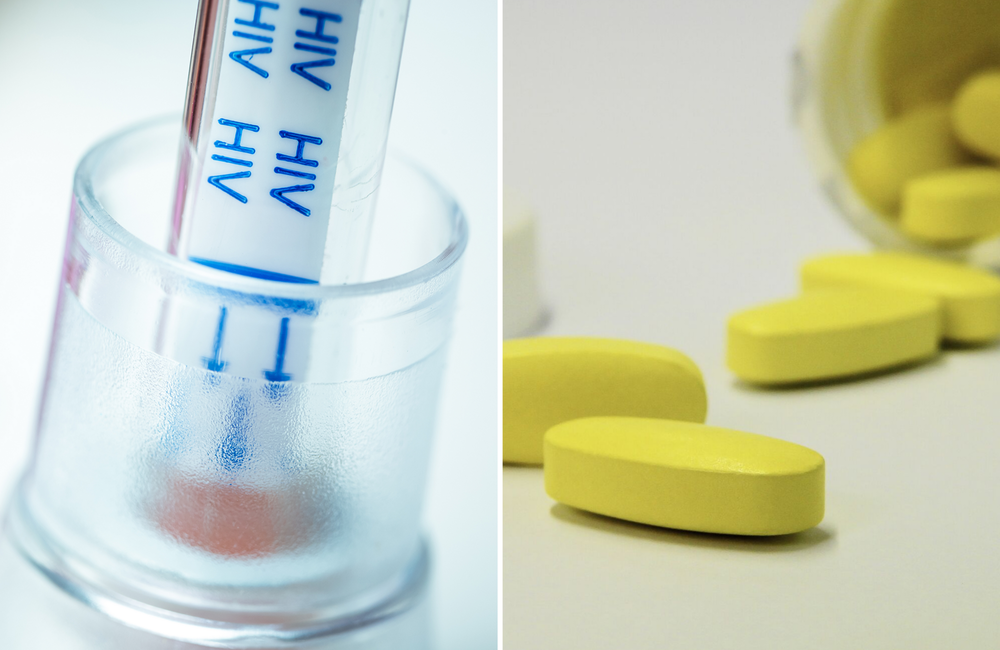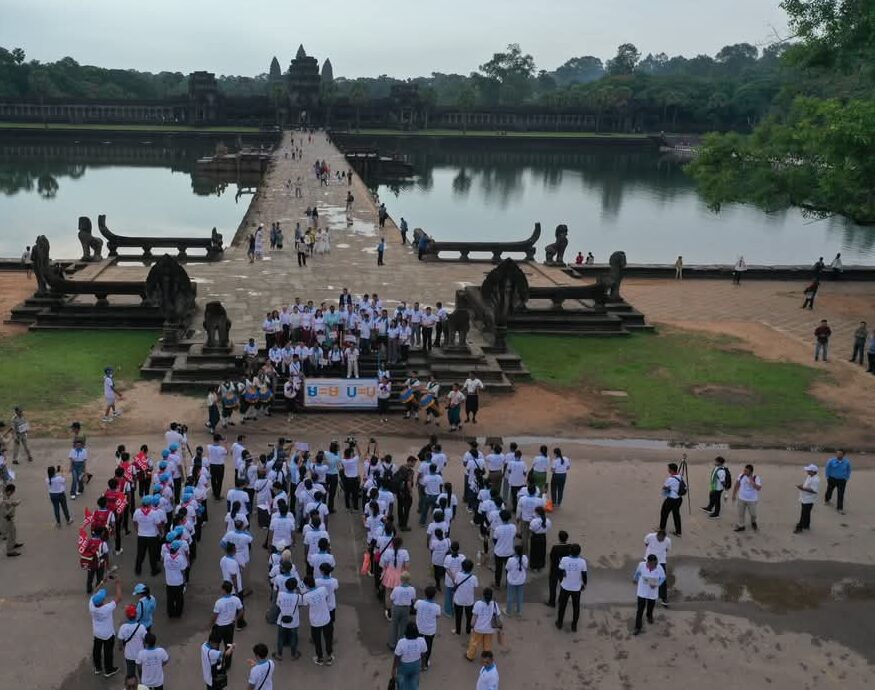
US HIV infections could drop by 94% before 2030, if treatment is prioritised
Modelling estimates suggest that new HIV infections in the US could be reduced by as much as 94% before 2030, if the current HIV prevention budget is spent more efficiently. Priorities would be linking those diagnosed with HIV to care, ensuring that they receive treatment and getting them to the point of viral suppression. Less money would be spent on screening low-risk heterosexuals and PrEP.
This research was conducted by Dr Stephanie Sansom and colleagues at the Centers for Disease Control and Prevention (CDC) and published in the American Journal of Public Health.
Despite spending a significant amount on HIV prevention, new HIV diagnoses in the US have remained largely stable since 2013, with around 38,000 new HIV diagnoses in 2018. If public and private HIV prevention funds continue to be spent as they currently are, there will be approximately 33,000 new HIV infections annually until 2027. While the US has pledged to end the HIV epidemic by 2030, this is unlikely to happen with current spending allocations.
Effective antiretroviral therapy (ART) leads to viral suppression, which works to prevent the spread of HIV (Undetectable = Untransmittable, or U=U). This can have a significant impact on the number of new HIV diagnoses over time.
Read more: https://www.aidsmap.com/news/dec-2020/us-hiv-infections-could-drop-94-2030-if-treatment-prioritised



